McClatchy D.C. Bureau
‘One of the most secretive, darkest states’: What is Kansas trying to hide?

By Laura Bauer, Judy L. Thomas And Max Londberg, The Kansas City Star
November 13, 2017
The statement was simple. Factual.
A Kansas spokesperson was acknowledging that the state highway department didn’t have the money to rebuild a dangerous stretch of Interstate 70 that had been the scene of multiple wrecks and a grisly motorcycle fatality caught on video.
“KDOT has lost a lot of money over the last few years,” the spokesperson said. “There’s just no funding at this point.”
Simple, yes. But in Gov. Sam Brownback’s cash-strapped administration, those were fighting words. Days later, the spokesperson was fired.
“Your article was the nail in my coffin for being the face of KDOT,” the spokesperson said in an email to The Kansas City Star.
The terminated employee, who wishes to remain anonymous for fear of reprisal, had learned what it meant to cross the line — the one where the state of Kansas doesn’t discuss public business with Kansans.
Kansas runs one of the most secretive state governments in the nation, and its secrecy permeates nearly every aspect of service, The Star found in a months-long investigation.
From the governor’s office to state agencies, from police departments to business relationships to health care, on the floors of the House and Senate, a veil has descended over the years and through administrations on both sides of the political aisle.
Read more in this series: Why so secret, Kansas?
)



)
“My No. 1 question to anybody who opts in favor of nondisclosure is, ‘What are you trying to hide from us?’ ” said former Rep. John Rubin, a Johnson County Republican, calling Kansas “one of the most secretive, dark states in the country in many of these areas.”
What’s hidden are stories of regular Kansans who have suffered inside the silence.
In the course of its investigation, The Star found that:
▪ Children known to the state’s Department for Children and Families suffer horrific abuse, while the agency cloaks its involvement with their cases, even shredding notes after meetings where children’s deaths are discussed, according to a former high-ranking DCF official. One grieving father told The Star he was pressured to sign a “gag order” days after his son was killed that would prevent him from discussing DCF’s role in the case. Even lawmakers trying to fix the troubled system say they cannot trust information coming from agency officials. (Story coming Monday)
▪ In the past decade, more than 90 percent of the laws passed by the Kansas Legislature have come from anonymous authors. Kansans often had no way of knowing who was pushing which legislation and why, and the topics have included abortion, concealed weapons and school funding. Kansas is one of only a few states that allow the practice. (Story coming Tuesday)
▪ When Kansas police shoot and kill someone, law enforcement agencies often escape scrutiny because they are allowed to provide scant details to the public. The release of body-cam video has become common practice around the country after several high-profile, police-involved shootings. But in Kansas, a new state law is one of the most restrictive in the nation, allowing agencies to shelve footage that could shed more light on controversial cases. (Story coming Wednesday)
▪ Kansas became the first state to fully privatize Medicaid services in 2013, and now some caregivers for people with disabilities say they have been asked to sign off on blank treatment plans — without knowing what’s being provided. In some of those cases, caregivers later discovered their services had been dramatically cut. (Story coming Thursday)
The examples, when stitched together, form a quilt of secrecy that envelops much of state government.
“Damn,” said Bob Stephan, a Republican and four-time Kansas attorney general. “That causes me concern. It’s very disheartening. … It’s gone crazy.”
Secrecy from the top down
Many lawmakers who have attempted more openness in government say accountability has withered in the Brownback era.
Sen. Anthony Hensley, a Topeka Democrat, has spent 41 years in the Legislature, making him the longest-serving lawmaker in Kansas history. He has served under eight governors — half of them Republicans, half Democrats.
“We’ve had a real problem with this current administration,” Hensley said. “This is the least transparent administration I have seen. To be able to even get basic information about issues like foster care and the corrections department, it’s next to impossible when you make an inquiry.”
Rubin pushed for transparency — often in vain — during his time in Topeka from 2011 to 2016. He was one of the first two legislators to sign a pledge created last year by a group called Open Kansas.
The pledge asked lawmakers to increase government accountability and transparency. Only 23 of the state’s 165 legislators signed the pledge during the 2016 session. After last November’s election, that number increased by 14 but still represented just 22 percent of the Legislature.
It’s no wonder Kansas got a flunking grade in a 2015 study by the Center for Public Integrity that measured transparency and state accountability. Among its bad grades: F’s in public access to information, internal auditing and executive accountability.
Though the state’s obsession with secrecy goes back decades, Brownback’s seven years as governor have been marked by efforts to shield executive decisions from the public.
In 2012, the Shawnee County district attorney’s office concluded that private meetings Brownback held with lawmakers at the governor’s mansion technically violated the state’s open meetings act. Prosecutors determined the violations were a result of ignorance about the law and did not pursue penalties.
Two years later, the state’s budget director used a private email address to share details of Brownback’s budget proposal with a pair of lobbyists who had close ties to the governor. The director shared the information several weeks before lawmakers saw it.
In late 2014, Brownback appointed two additional members to the Saline County Commission but refused to release the names of the applicants. Two news organizations sued and the court eventually sided with Brownback. But five applicants came forward and identified themselves. The year before, Brownback had refused a request to identify applicants for a seat on the Kansas Court of Appeals, the state’s second-highest court.
And last year, as Brownback’s office weighed budget cuts in the wake of massive tax reductions and huge revenue shortfalls, he refused to release financial documents that had been public under previous governors.
Critics say the governor also leaves behind a legacy of state agencies that avoid disclosure as a matter of policy.
After a fatal motorcycle crash on a dangerous stretch of Interstate 70 in Kansas City, Kan., a Kansas Department of Transportation spokesperson told The Star a lack of funding had prevented a rebuild project. Days later, the spokesperson was fired. Video courtesy of Leo Eilts.
Monty Davis and Max Londberg The Kansas City Star
A current Kansas Department of Transportation employee, who spoke on the condition of anonymity for fear of retaliation, likened the central office in Topeka to the Pentagon.
“They (spokespeople) are told what they can and cannot say,” the employee said. “Their public relations people are just there for show.”
The spokesperson who was fired after talking about highway funding deficits was known within KDOT as a social media expert whose communication initiatives had built public respect for the agency, one former colleague said.
The employee “was really the best public affairs manager that KDOT had,” said Martin Miller, who retired in 2015 as the spokesman for the department’s south-central Kansas district. “I would see Facebook posts, tweets, emailed press releases at 1 or 2 o’clock in the morning. (The terminated employee) did a great service for the residents of Kansas.”
The Star sent questions to Brownback’s office, including one asking whether anyone from KDOT had been disciplined for talking about funding issues. His office responded with a lengthy comment about transparency but did not answer the question about KDOT.
“Governor Brownback’s administration has always been sensitive to the fact that government is a public institution and that public institutions function best in the sunshine,” wrote Rachel Whitten, the governor’s interim spokeswoman, in an email Thursday. “He makes it a priority to remain open with the people he serves by answering thousands of media requests for comment, hundreds of open records requests, and signing numerous bills that increase transparency in state government.
“Public officials are required to balance transparency with many other considerations in the process of governing, including the law, and the privacy of private individuals who interact with the government, among a myriad of other important factors.”
Many do not see it that way. The state, they say, seems hellbent on keeping information from the public.
“If you don’t have transparency in every aspect of the government, then you aren’t making it clear to people that the public’s business is being done in a forthright way,” said Doug Bonney, the legal director of the American Civil Liberties Union of Kansas. “It’s something about Kansas; I don’t know what it is exactly. But Kansas is overly worried about information becoming public.
“If it’s not the least transparent state in the Union, it’s close to it.”
An ingrained mindset of privacy
Rumors had been running through Tonganoxie for days: Tyson Foods was coming.
But residents didn’t know any details of the planned poultry plant. Not until the big announcement inside the Brunswick Ballroom in early September when state and county officials were on stage smiling and clapping.
By then, much of Tonganoxie was pissed.
This wasn’t just going to be a small plant. It would be a $320 million state-of-the art complex, slaughtering and packaging 1.25 million birds each week. Residents worried about the smell, contamination to the area and how their town and schools would handle a projected 1,600 employees.
City and county officials, along with Brownback, had been quietly working on a deal for months. A site was already picked. “Project Sunset,” it was called behind closed doors.
“This was a done deal. They said they were going to break ground in 90 days,” said Steve Skeet, whose parents own land across the road from where Tyson wanted to build. “They knew about this but didn’t tell anybody. Giving it a code name made it a dirty secret that they wanted to hide.”
Residents heckled and jeered as the plans were revealed, and Skeet’s mom cried.
In the end, the town’s uproar was heard loud and clear. Two weeks later, the Leavenworth County Commission reversed its support of the project and Tyson said it would explore other locations.
Project Sunset could have played out anywhere in Kansas, where privacy is as deeply rooted as the wheat fields covering the Sunflower State.
“In Kansas, I do think folks tend to be somewhat private people,” said Sen. Molly Baumgardner, a Louisburg Republican. “The majority of the state is rural and that small-town approach, that ‘Our business is our business and it’s not anyone’s business until we want to share it,’ tends to be the thought of the day.”
Both Democrats and Republicans have run opaque administrations, said Burdett Loomis, who worked for former Democratic Gov. Kathleen Sebelius.
“Once you’ve got that lack of transparency, unless there’s something that rocks the boat, the people who benefit from it are perfectly happy to let it be,” said Loomis, a political science professor at the University of Kansas. “Corporations, lobbyists, lawmakers, a lot of these people have no reason to change anything very much.”
The culture that stifles transparency has become ingrained, said Benet Magnuson, executive director of Kansas Appleseed, a nonprofit justice center serving vulnerable and excluded Kansans.
“There’s something about once that culture sets in,” Magnuson said. “It’s really difficult to move out of.”
Raised in Kansas, Magnuson went to Harvard and Harvard Law School before moving to Texas. There, he never encountered problems when requesting open records or information. Then he returned to Kansas.
“Moving back here, time after time, the first question that would be asked is, ‘Who are you and why are you asking for this?’ ” Magnuson said. “In Kansas, I’m hesitant to say 100 percent, but it was close to 100 percent of the time that’s what you get — ‘who are you and what are you going to do with this?’ ”
The Star asked more than a dozen counties how they were responding to a new law intended to open criminal affidavits.
When it contacted Kurtis Jacobs in Finney County in southwest Kansas, the District Court administrator said he would not provide the information without first knowing the angle of the story. Or, he said, The Star could file an open records request.
“Under the Kansas Open Records Act (KORA), I can take three days to respond and then as long as I need to to get the information,” Jacobs said. “We can do this the easy way or we can do this the hard way.”
Three months after receiving two requests from The Star regarding the deaths of an infant and a 10-year-old boy, the Department for Children and Families said it could not fulfill them.
Why? Because it didn’t have enough staffing resources “due to its current workload of KORA requests.”
Meeting behind closed doors
Obtaining records and information isn’t the only obstacle regular citizens encounter.
Kansas is one of four states that do not require public notice of all regular public meetings, according to a Star analysis of the 50 states’ open meetings laws. The Kansas Open Meetings Act only requires notice be given to individuals who have requested it.
And Kansas and Arkansas are the only two states that do not require minutes to be kept of a public meeting.
Since 2016, the Kansas attorney general’s office has filed seven enforcement actions against municipalities that have violated the two open government laws. In each case, those who broke the law were asked to take additional training and agree to not break the law again.
The state also grants tax breaks worth hundreds of millions of dollars each year to lure businesses. Trouble is, you’ll never know who got those credits or how much. The state does what most states do not: It forbids the disclosure — even to lawmakers — of the recipients and how much they received. In Missouri and other states, that information is available online. (Story coming Tuesday)
It should be of little surprise then that Kansas has received D’s and F’s in several national studies about transparency over the years, including the 2015 Center for Public Integrity report where Kansas ranked with 10 states that scored F’s.
Some Kansans have fought to make the system more open.
Alan Cowles, a Lawrence physician, couldn’t find any record of his local health board or city or county commissions discussing a $750,000 lawsuit he knew about.
That’s because, he discovered, when members went into closed session they didn’t list specific reasons why. That prompted him to survey the state’s 10 largest cities and counties and he found that all but one — the Manhattan City Commission — would close meetings without giving “meaningful information” about the subjects they were going to discuss.
He found that they conducted at least 200 hours of government business behind closed doors.
“They were doing business in secrecy,” Cowles said. “What good is the open meetings act?”
He worked with Sen. Marci Francisco, a Lawrence Democrat, and Baumgardner, the Louisburg Republican, to change the law and require boards to state the specific topics they plan to discuss in a closed meeting. The legislation went into effect July 1.
“The public ought to have some chance in knowing what these governmental bodies were talking about,” Cowles said.
Judith Deedy, a mother of three in Johnson County, is worried about lack of transparency in education policy.
She is one of many Shawnee Mission School District parents who started paying closer attention to what happens in the state Capitol after budget cuts and other policy changes began affecting schools.
Deedy, executive director of the advocacy group Game On for Kansas Schools, recalled that a 2015 law changing education funding was “one of the wake-up calls.”
“That was a really clear example to so many people that we had a Legislature that was not listening to us,” she said, “and by us I mean any supporters of public education.”
The bill that made block grants the source for school funding was a “gut-and-go” measure — a common practice in Topeka where legislators take a bill that has already passed one chamber, gut it and insert an unrelated bill. The maneuver clears the path for less public debate and easier passage. (Story coming Tuesday)
“To us, it was absurd that something this important was getting rammed through so quickly,” Deedy said.
How did your legislator vote?
Aside from using “gut-and-go” measures and anonymous bills, lawmakers also can keep their votes from being disclosed to the public in committee meetings where much of the legislative work is done.
House rules don’t require committee votes to be logged unless a member requests his or her vote be recorded. The Senate only requires that the number of votes for and against an action be recorded.
When former Rep. Rubin told his committee in 2013 that the votes of each member would be recorded, “I had a revolt on my hands.”
Both Republicans and Democrats went to the House speaker, he said, and complained, asking how Rubin was allowed to do that. When the speaker said committee chairs have the power to require public votes, they asked to be removed from his committee.
Rubin backed down but still had every one of his own votes recorded; he recalled only three or four other committee members following his lead.
“I’ve talked to legislators in other states and so did Legislative Research, and they’ve never heard of such a thing,” Rubin said.
He said Topeka should not be a place for covert actions.
“The things we do in the Legislature affect people’s lives profoundly,” Rubin said. “People in Kansas have a right to know how their government operates and have the right to know about how decisions are arrived at that affect their lives.
“People have no idea this stuff is going on.”
The Star’s Kelsey Ryan, Bryan Lowry, Hunter Woodall, Andy Marso and Steve Vockrodt contributed to this report.
Laura Bauer: 816-234-4944, @kclaurab
Judy L. Thomas: 816-234-4334, @judylthomas
Max Londberg: 816-234-4378, @MaxLondberg
Monday
Many say that as children die, a state agency charged with protecting them instead focuses on itself.
Tuesday
Lawmakers hide their roles in legislation, and controversial bills pass outside the public’s eye.
Wednesday
Want to see what a police body camera captured? In a state where officers avoid scrutiny, good luck.
Thursday
Some of the state’s most vulnerable patients have suffered since Kansas privatized its Medicaid system.
Read more here: http://www.mcclatchydc.com/news/nation-world/national/article184298908.html#storylink=cpy


 Berkshire Hathaway Chairman and CEO Warren Buffett speaks to Microsoft co-founder Bill Gates. (AP / Nati Harnik)
Berkshire Hathaway Chairman and CEO Warren Buffett speaks to Microsoft co-founder Bill Gates. (AP / Nati Harnik)
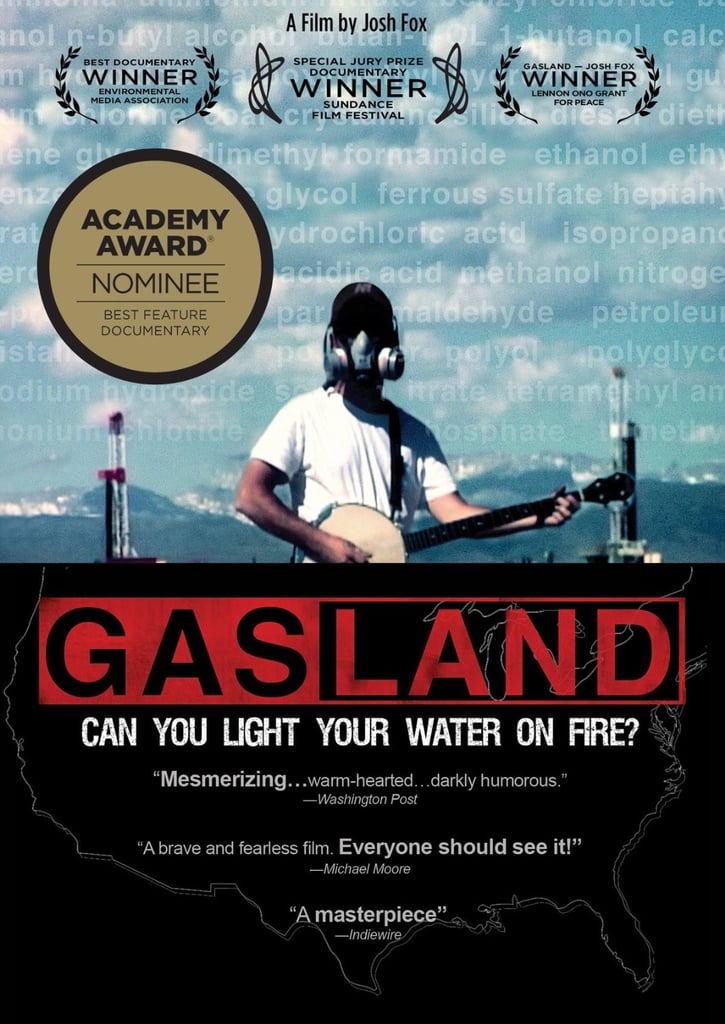



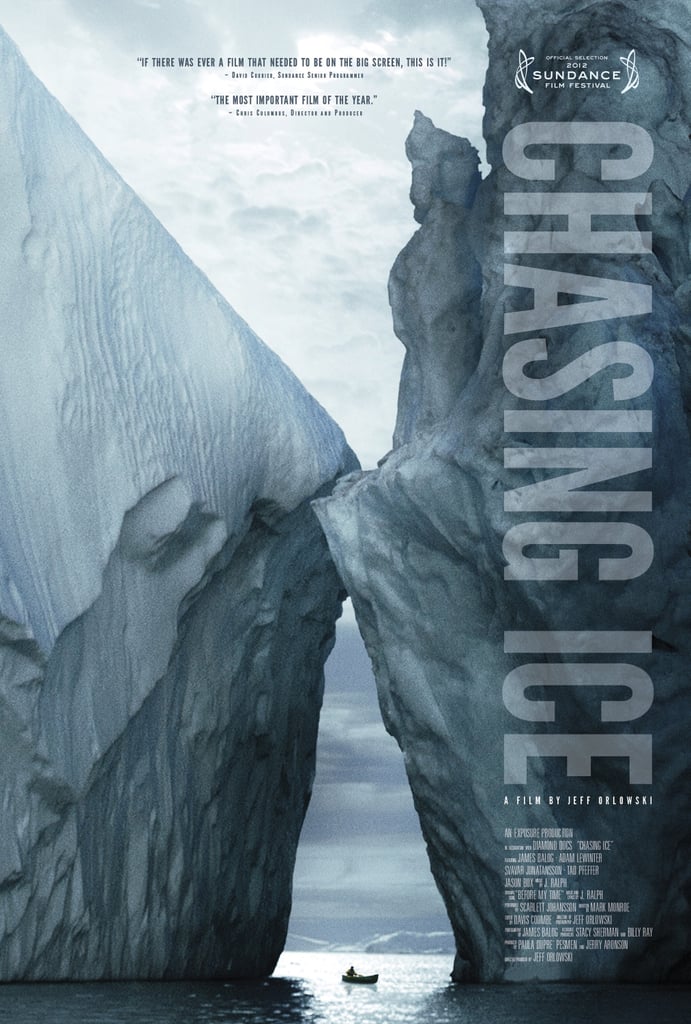
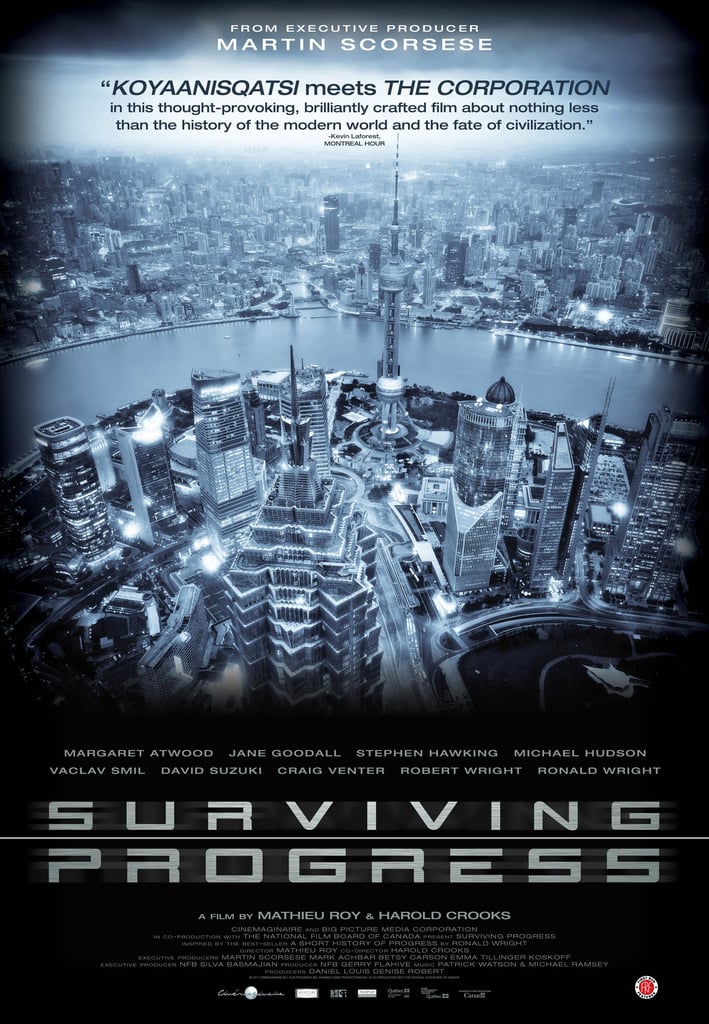
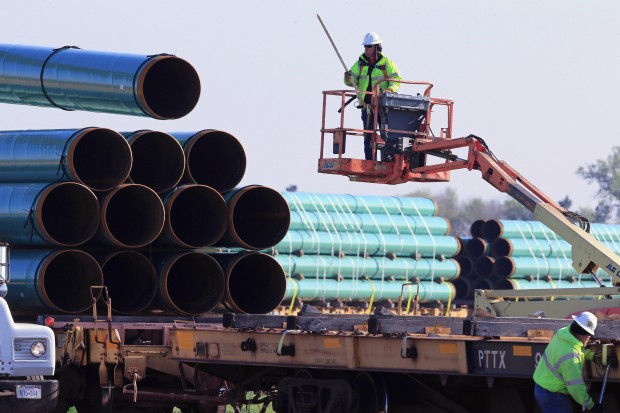 Nati Harnik / AP Photo. Workers unload pipes at a staging area in Worthing, S.D., for the 1,130-mile Dakota Access Pipeline. A new report says the nation’s new natural gas pipeline capacity resulting from a building boom is far more than is needed.
Nati Harnik / AP Photo. Workers unload pipes at a staging area in Worthing, S.D., for the 1,130-mile Dakota Access Pipeline. A new report says the nation’s new natural gas pipeline capacity resulting from a building boom is far more than is needed.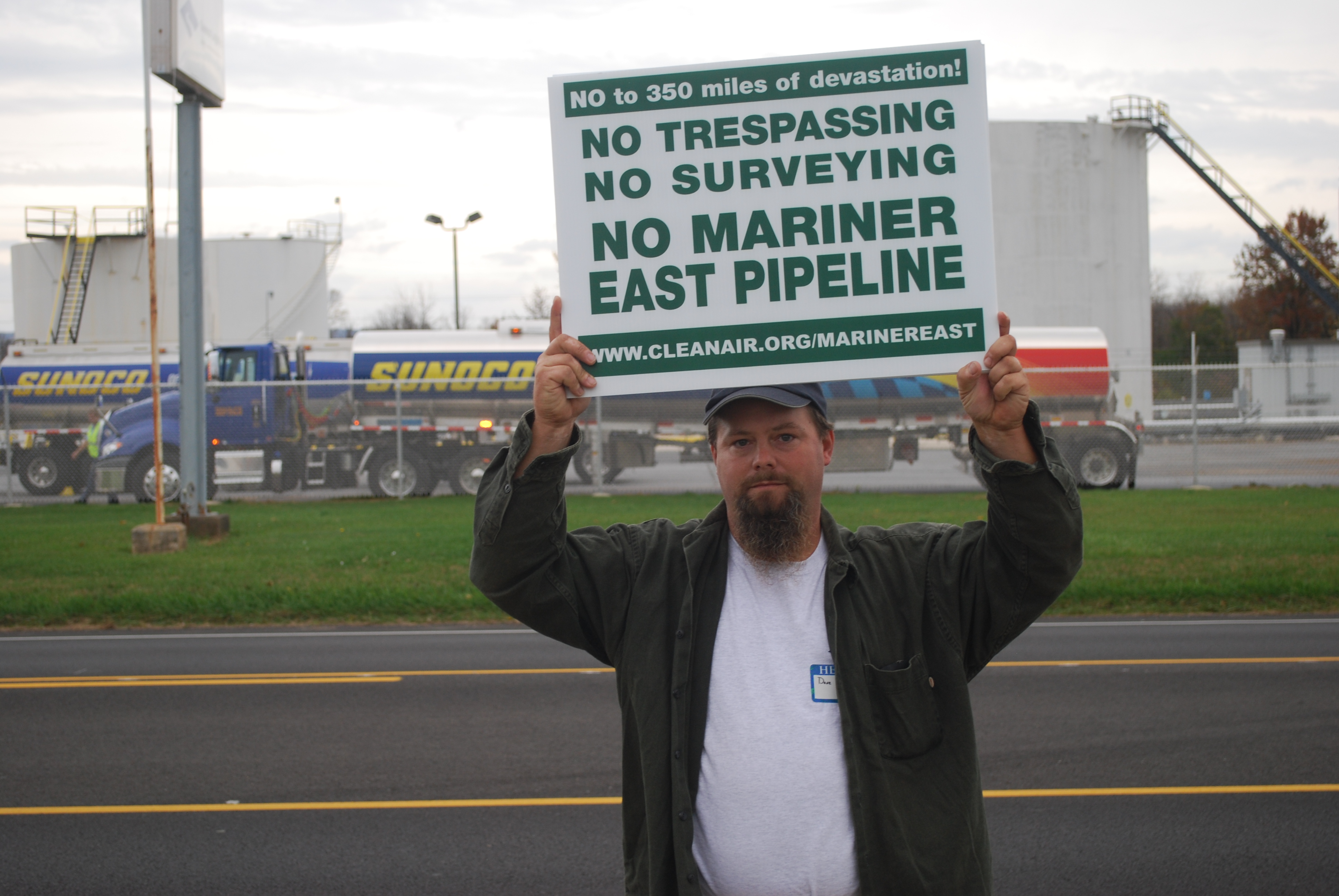
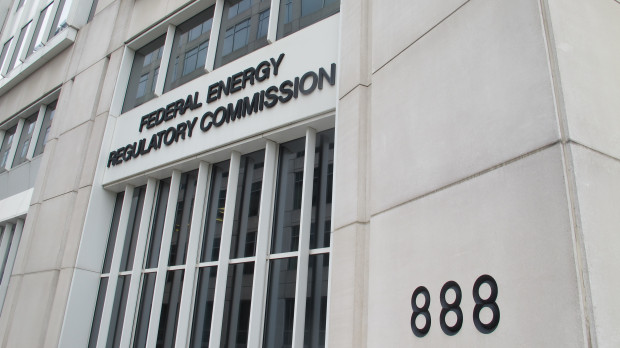 In a recent 2-1 ruling, the U.S. Court of Appeals for the District of Columbia found the Federal Energy Regulatory Commission failed properly quantify greenhouse gas emissions linked to a pipeline expansion project in the southeastern U.S. Marie Cusick / StateImpact Pennsylvania
In a recent 2-1 ruling, the U.S. Court of Appeals for the District of Columbia found the Federal Energy Regulatory Commission failed properly quantify greenhouse gas emissions linked to a pipeline expansion project in the southeastern U.S. Marie Cusick / StateImpact Pennsylvania Republican members of the U.S. Congress at the U.S. Capitol Building in Washington, D.C., on January 3. Jonathan Ernst/reuters
Republican members of the U.S. Congress at the U.S. Capitol Building in Washington, D.C., on January 3. Jonathan Ernst/reuters This feature is part of
This feature is part of  A algae bloom in Lake Erie contaminated the water supply for Toledo, Ohio, in August 2014. About 400,000 people were without usable water. The Washington Post/Getty Images
A algae bloom in Lake Erie contaminated the water supply for Toledo, Ohio, in August 2014. About 400,000 people were without usable water. The Washington Post/Getty Images Officials found the toxin microcystin in the blue-green algae present at Discovery Bay, Calif. For people exposed to the toxin, symptoms include dizziness, rashes, fever, vomiting and in more unusual cases, numbness.
Officials found the toxin microcystin in the blue-green algae present at Discovery Bay, Calif. For people exposed to the toxin, symptoms include dizziness, rashes, fever, vomiting and in more unusual cases, numbness. The docks behind homes at Discovery Bay, Calif., are quieter than usual because of fears of blue green algae toxins. Lesley McClurg/KQED
The docks behind homes at Discovery Bay, Calif., are quieter than usual because of fears of blue green algae toxins. Lesley McClurg/KQED